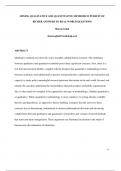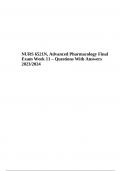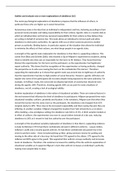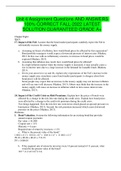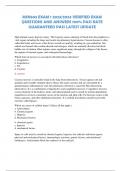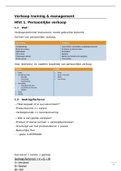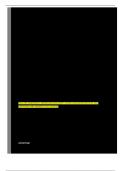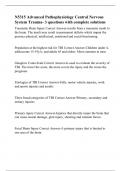Exam (elaborations)
MIXING QUALITATIVE AND QUANTITATIVE METHODS IN PURSUIT OF RICHER ANSWERS TO REAL-WORLD QUESTIONS
- Course
- Institution
CONCEPUTALIZING QUALITATIVE, QUANTITATIVE AND MIXED METHODS Qualitative and quantitative research methods both involve an array of data types and techniques of analysis. Qualitative methods are associated with case studies, which may be historically and geographically bound events, organizati...
[Show more]
